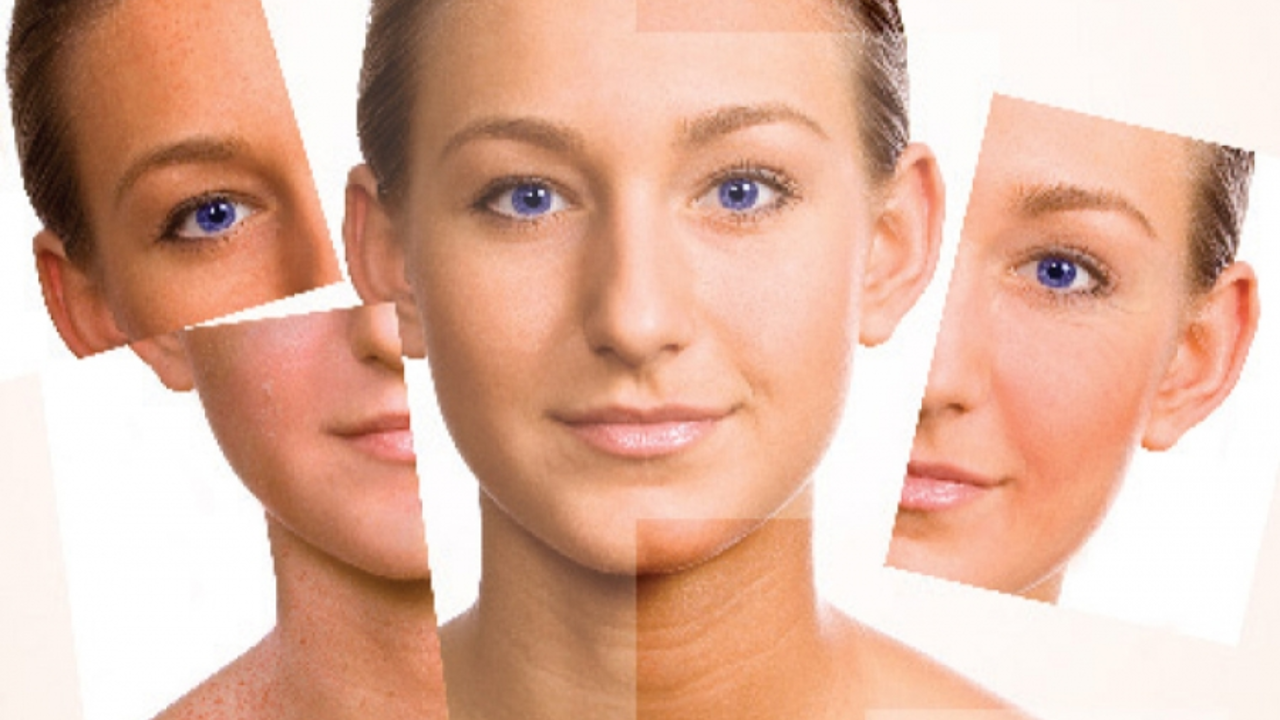Skin Damage: Causes, Signs, and Smart Steps to Heal
Did you know your skin is the body's largest organ and often shows trouble first? Skin damage can come from sun, infections, allergic reactions, medication side effects, or simple everyday habits like picking and rubbing. Catching problems early makes treatment easier and healing faster.
Watch for clear signs: sudden redness, blistering, deep cracks, persistent dry patches, scaling, open sores, pus, or new lumps that grow. Itchy rings suggest a fungal issue. Rapidly spreading redness with warmth and pain may be a bacterial infection. Dark spots and wrinkling over years point to sun damage. Thinning skin, visible blood vessels, or stretch marks after heavy steroid use are common with long-term topical steroid misuse. If a rash appears after a new drug, supplement, or topical cream, stop using it and note the timing.
Practical first-aid you can do today
Start simple: wash gently with a mild, fragrance-free cleanser and lukewarm water. For minor burns or scalds cool the area under running water for ten to twenty minutes — that lowers heat and pain. Pat dry and apply a non-scented, ceramide-rich moisturizer to lock in moisture. For open but clean wounds use a sterile dressing and change it daily. If blisters form, avoid popping them unless they are large or painful; intact blisters protect the skin beneath.
Over-the-counter antifungal creams containing ketoconazole or clotrimazole often clear athlete’s foot or ringworm within two weeks. For itchy eczema, a short course of low-potency hydrocortisone cream can calm inflammation — but don’t use stronger steroid creams long-term without a doctor. Avoid abrasive scrubs and chemical peels on irritated or thin skin; those accelerate damage.
When to see a professional and common treatments
Make an appointment if you have spreading redness, fever, increasing pain, pus, a wound that won’t close, or a mole that changes in size or color. A dermatologist will look closely, may take a swab or biopsy, and offer targeted treatment: prescription antibiotics for bacterial infections, oral or topical antifungals for persistent fungal disease, prescription-strength steroids for inflammatory conditions, or specific therapies for autoimmune or chronic skin diseases.
Sun-related damage sometimes needs procedures like cryotherapy for actinic keratoses, or regular skin checks to catch early cancer. For scarring and long-term texture changes, dermatologists can offer treatments such as laser therapy, microneedling, or prescription retinoids to improve collagen and skin renewal.
Protect and prevent
Daily sunscreen SPF thirty or higher, avoiding peak sun, gentle skincare, staying hydrated, and quitting smoking all speed healing and reduce future damage. If a medication you take may affect skin, ask your prescriber what signs to watch for and whether protective steps are needed. When in doubt, quick advice from a pharmacist or clinic saves time — and often prevents small issues from becoming big problems.
If you want quick reads, our guides cover related topics — buying ketoconazole online, steroid cream risks, and how oedema affects skin. Read them to learn practical steps and when to see medical care today.
The Impact of Abrasions on Skin Health
In my latest exploration of skin health, I've delved into the impact of abrasions. These common injuries can lead to more serious issues if not properly cared for, such as infections or delayed healing. Furthermore, repeated abrasions can contribute to long-term skin damage and scarring. It's crucial to treat these wounds promptly and correctly to maintain our skin's overall health. So remember, folks, a simple scrape isn't always as innocent as it seems!
- View More
- 11

